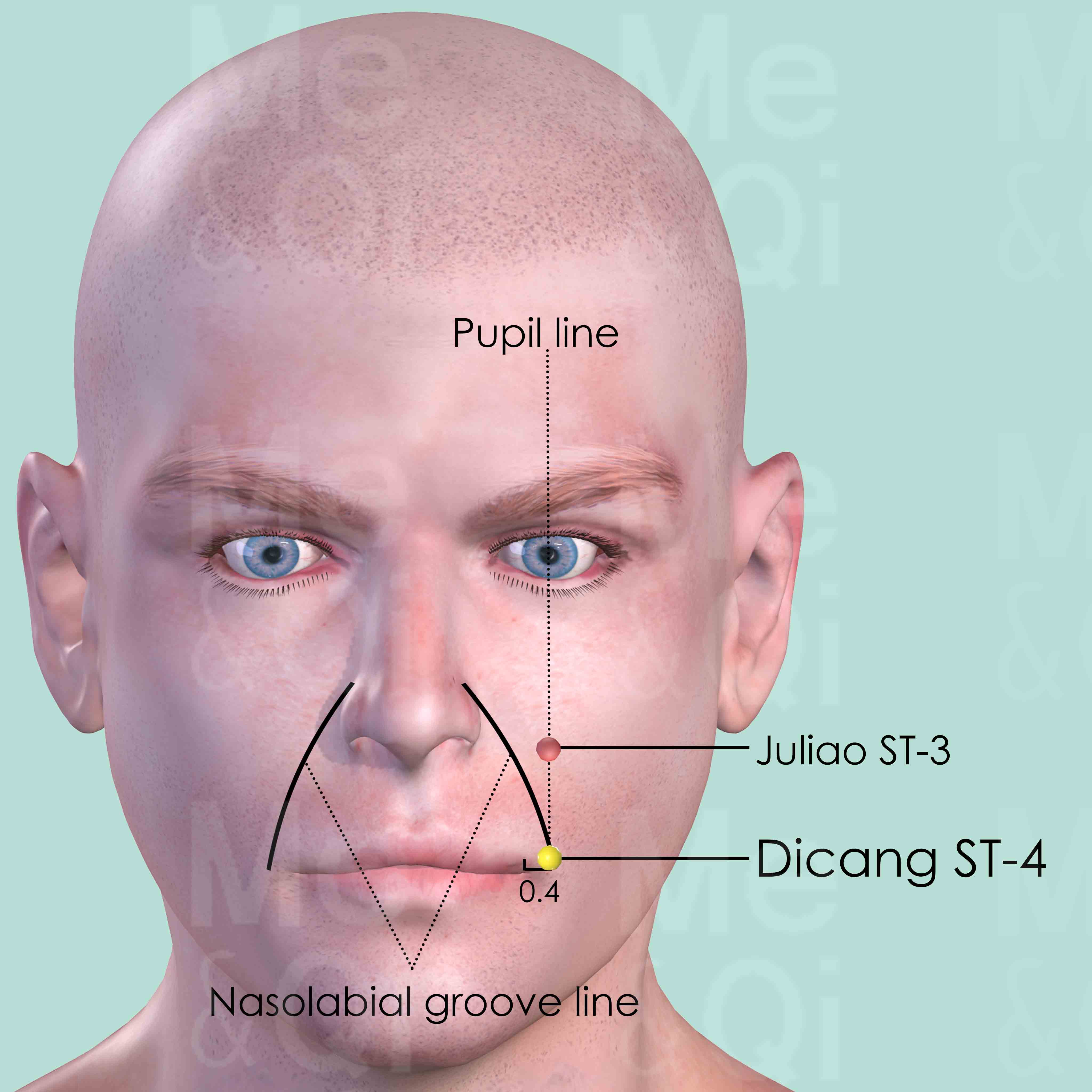Facial Contractionaccording to TCM
What is Facial Contraction?
Facial contraction, commonly known as facial spasms, refers to involuntary muscle contractions in the face. These spasms can range from minor twitches to severe cramps, affecting parts or the entirety of the facial musculature. While some instances may be fleeting and harmless, others can signify underlying health conditions.
The causes of facial contractions can vary widely, including neurological disorders, stress, fatigue, or mineral deficiencies. Accurate diagnosis is crucial for determining the appropriate treatment, especially when these spasms persist or impact quality of life.
How does TCM view Facial Contraction?
Traditional Chinese Medicine (TCM) interprets facial contraction through a lens distinct from Western medicine. In TCM, such involuntary movements are often seen as manifestations of internal disharmonies, particularly the Stagnation or imbalance of Qi (vital energy) and Blood within the Channels that traverse the facial region. External pathogenic factors like Wind or internal conditions such as Liver Yang Rising can also contribute to the symptom.
TCM emphasizes a holistic approach to diagnosis, focusing on identifying the specific pattern of disharmony to tailor the treatment effectively, aiming to restore balance and harmonize the flow of Qi and Blood.
Acupoints for Facial Contraction
In addressing facial contraction, TCM advocates for targeted acupuncture therapy, pinpointing specific acupoints believed to influence the affected area's energy flow. One such acupoint is Dicang ST-4, located laterally to the corner of the mouth, directly below Juliao ST-3.
Stimulating Dicang ST-4 is said to expel Wind and remove obstructions from the Channel, thereby alleviating the spasms. This approach reflects TCM's broader therapeutic strategy, seeking to mitigate symptoms by rectifying the underlying energetic imbalances, offering a complementary perspective to conventional treatments for facial contraction.
See more details below about Dicang ST-4, an acupoint used to address facial contraction.
- By Meridian
- Stomach Channel

